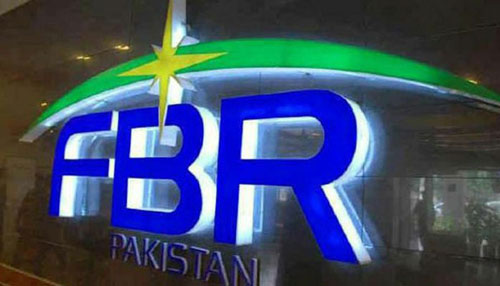Staff Reporter
Islamabad
Federal Board of Revenue has devised an Integrated Strategy which has amply contributed to significant increase in exports of Pakistan from US$ 1.6 Billion (in August, 2020) to US$ 2.4 Billion (in December, 2020). Growth in exports of Pakistan in December, 2020 is up by 18.3 per cent as compared to US$ 1.993 billion in the corresponding month last year.
While mentioning factors that have facilitated growth in exports, FBR has stated that Import duties on 1,623 tariff lines, pertaining to basic raw material and intermediate goods were reduced to zero through the Finance Act, 2020.
In pursuance of this strategy, additional customs duties and regulatory duties on 164 items related to textile sector, not manufactured in the country, were also removed in collaboration with all the stakeholders. All these measures were undertaken with the objectives of neutralizing adverse impact of Covid 19 Pandemic, especially for the exporters, and to make their products competitive vis-à-vis those of their competitors in the international market.
Under the initiative of “Make in Pakistan”, the Duty Drawback rates for at least eight (08) sectors were revised upwards by FBR. During the whole exercise, more than 434,000 claims were disposed of and approximately 7800 exporters have benefited from this Initiative.
Similarly, FBR has paid ninety (90) percent more refunds of Sales Tax during July-December, 2020 as compared to the corresponding period last year. This led to significant rise in volumes of exports in the form of increase in TEUs (i.e. Tonnage Equivalent Units) / Containers from 35,477 in July, 2020 to 62,591 in December, 2020, showing a growth of 43%.
In order to tangibly contribute to exports, all the Export Facilitation Schemes were simplified / rationalized for their optimal use by the exporters. First of all, extension in utilization period of different export facilitation schemes was allowed for a period of one year from 01st March, 2020 to 28th February, 2021.
Secondly, retention period for plant and machinery, under the Export Oriented Units Scheme, was reduced from 10 years to five years. Thirdly, for the prompt redressal of grievances, one administrative tier is reduced (under Duty and Taxes Remission for Export Scheme and Manufacturing Bond Scheme) and Regulatory Authority is created to facilitate the exporters.
Moreover, the investors in Export Processing Zones have been facilitated in payment of duties/taxes on the disposal of machinery in the tariff area.










